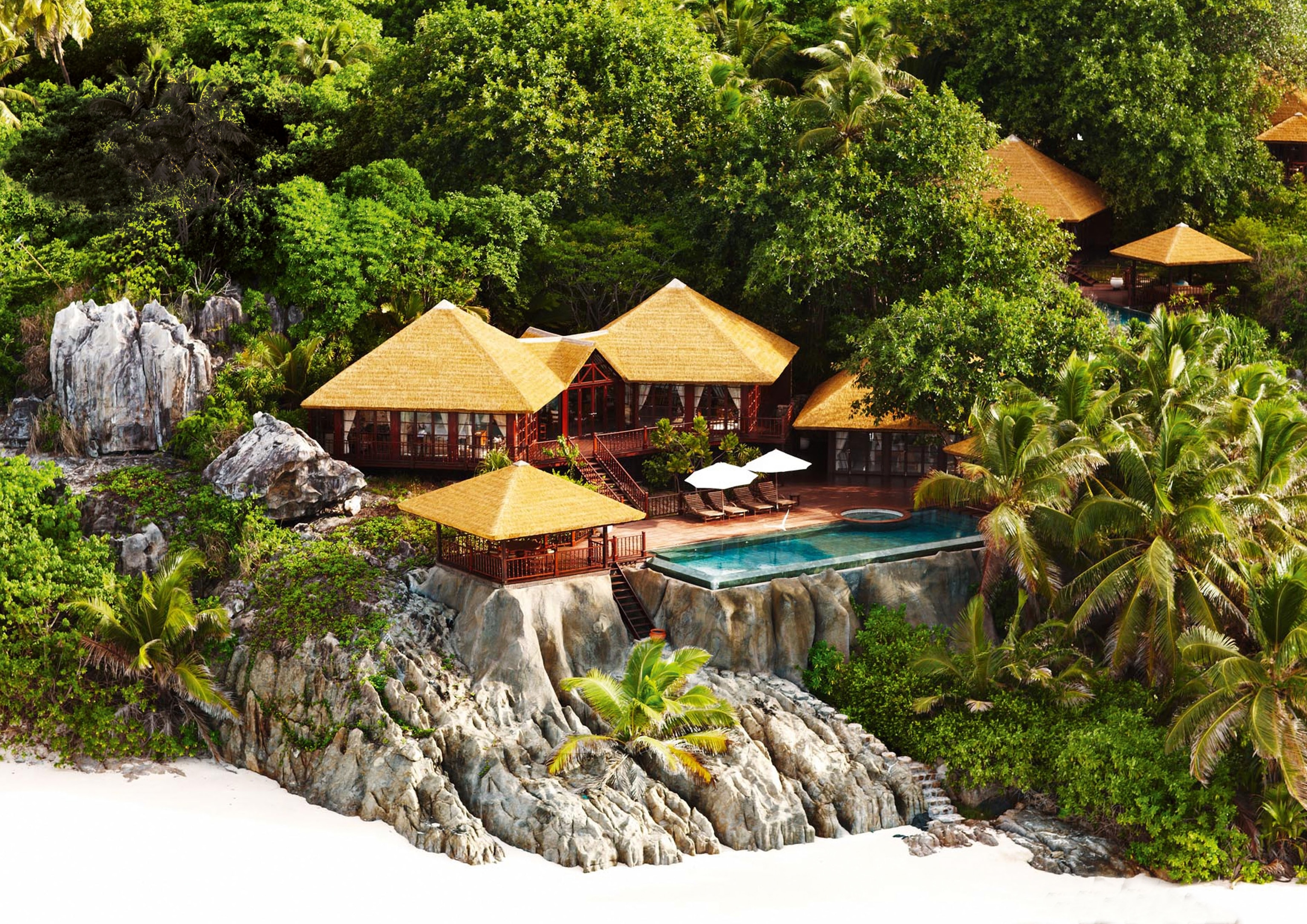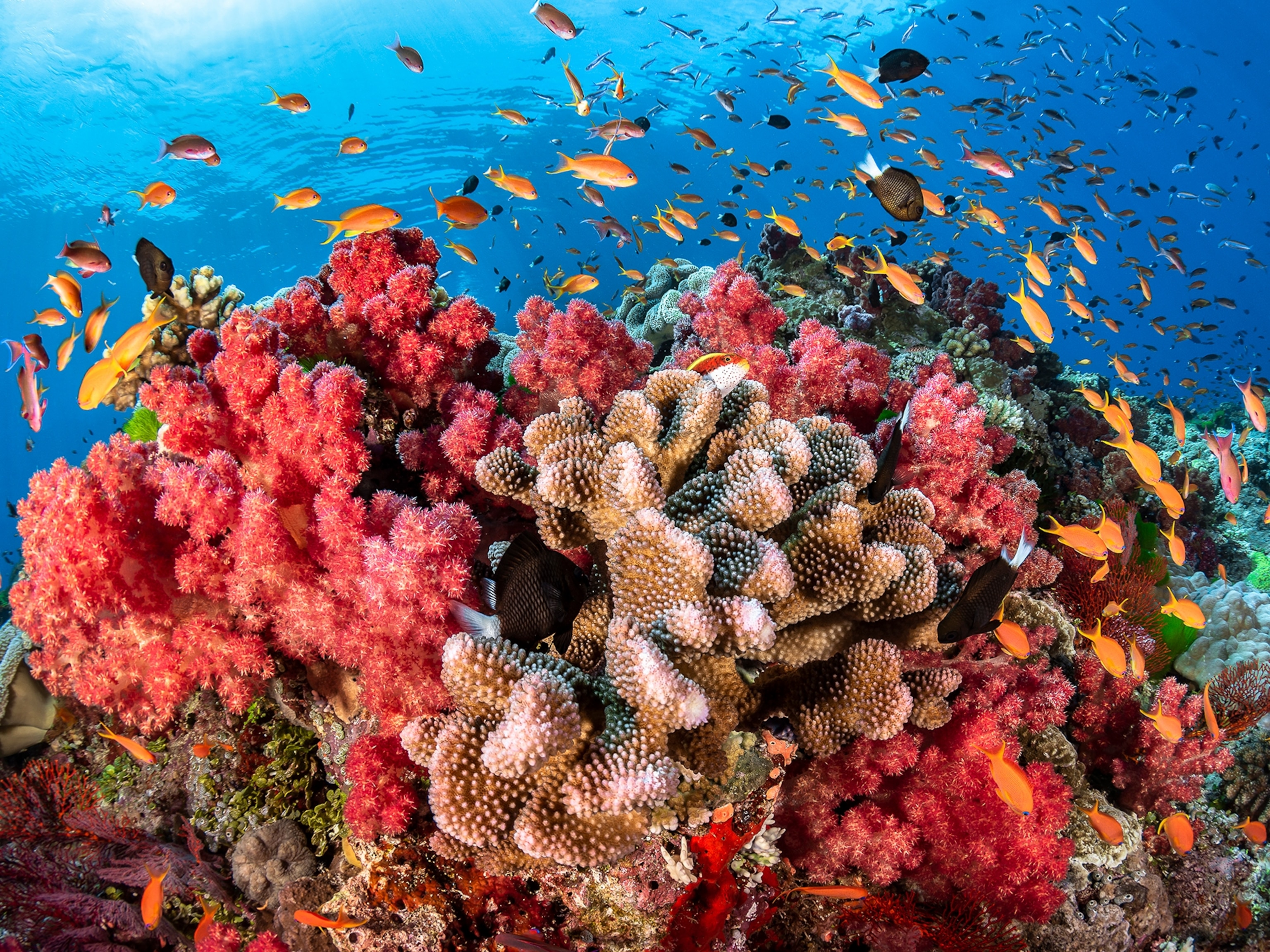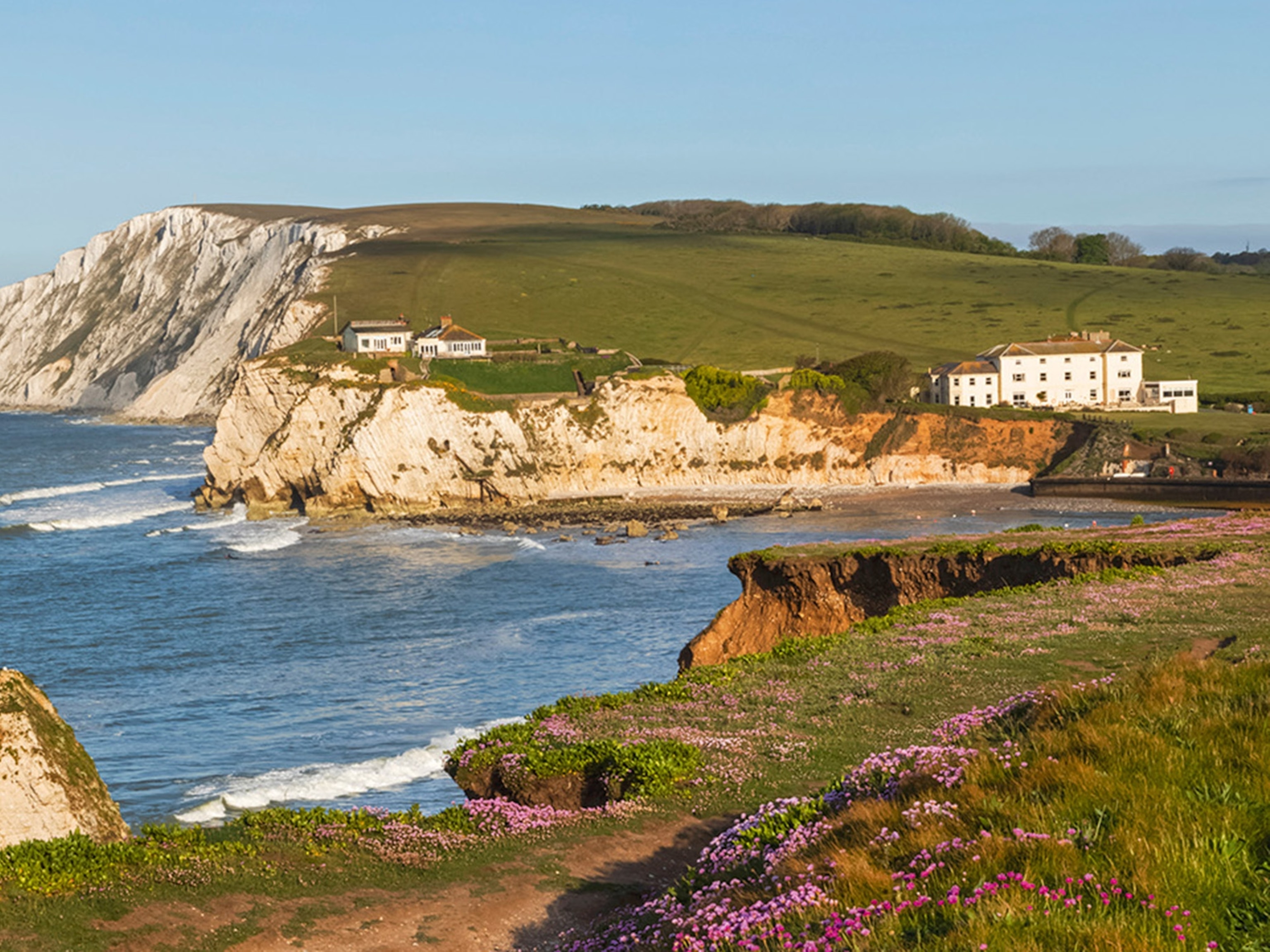
Discover Island Paradise in the Seychelles
Rare animals, unspoiled nature, and a touch of luxury makes the Seychelles special.
When 19th-century British commander General Charles Gordon laid eyes on the Seychelles, located nearly 1,000 miles off the coast of East Africa, he declared them to be the true Garden of Eden. Less than a century later, Jacques Cousteau steered his famed expedition ship, Calypso, into the archipelago’s blue lagoons, framed by steep granite mountains cloaked in misty forests that are home to species found nowhere else. Today, when wilderness and wildlife are in retreat across the planet, that primeval glimpse still reigns supreme on the Seychelles island of Frégate.
For more than 20 years, Frégate has been a living laboratory for ecological restoration. That may sound more like a science project then a vacation hot spot—until, that is, you add staying in one of Fregate Island Private’s 17 villas (complete with personal butlers), each nestled into the island’s lush landscape. Some of the rarest animals on Earth roam here without fear. Huge Aldabra tortoises chug along footpaths leading to white sand beaches. The giant tenebrionid beetle, found only on Frégate, scampers along tree trunks.
But the queen of this biodiversity celebration is the magpie robin—a curious bird that dangled at the doorstep of extinction in the early 1990s, when fewer than 20 remained on the planet. Enter Frégate’s enlightened conservation-through-tourism approach, which helps fund biological research and natural habitat restoration. In a triumphant comeback, nearly 200 magpie robins now flourish on Frégate and nearby islands.
When not marveling at unspoiled nature, guests dine on the Seychelles’ French Creole cuisine, don masks and snorkels to explore life beneath the waves, and sip fine vintages included in each villa. In other words, paradise found.
Costas Christ is a frequent contributor to National Geographic Traveler. Follow his journey on Twitter.
- National Geographic Expeditions





